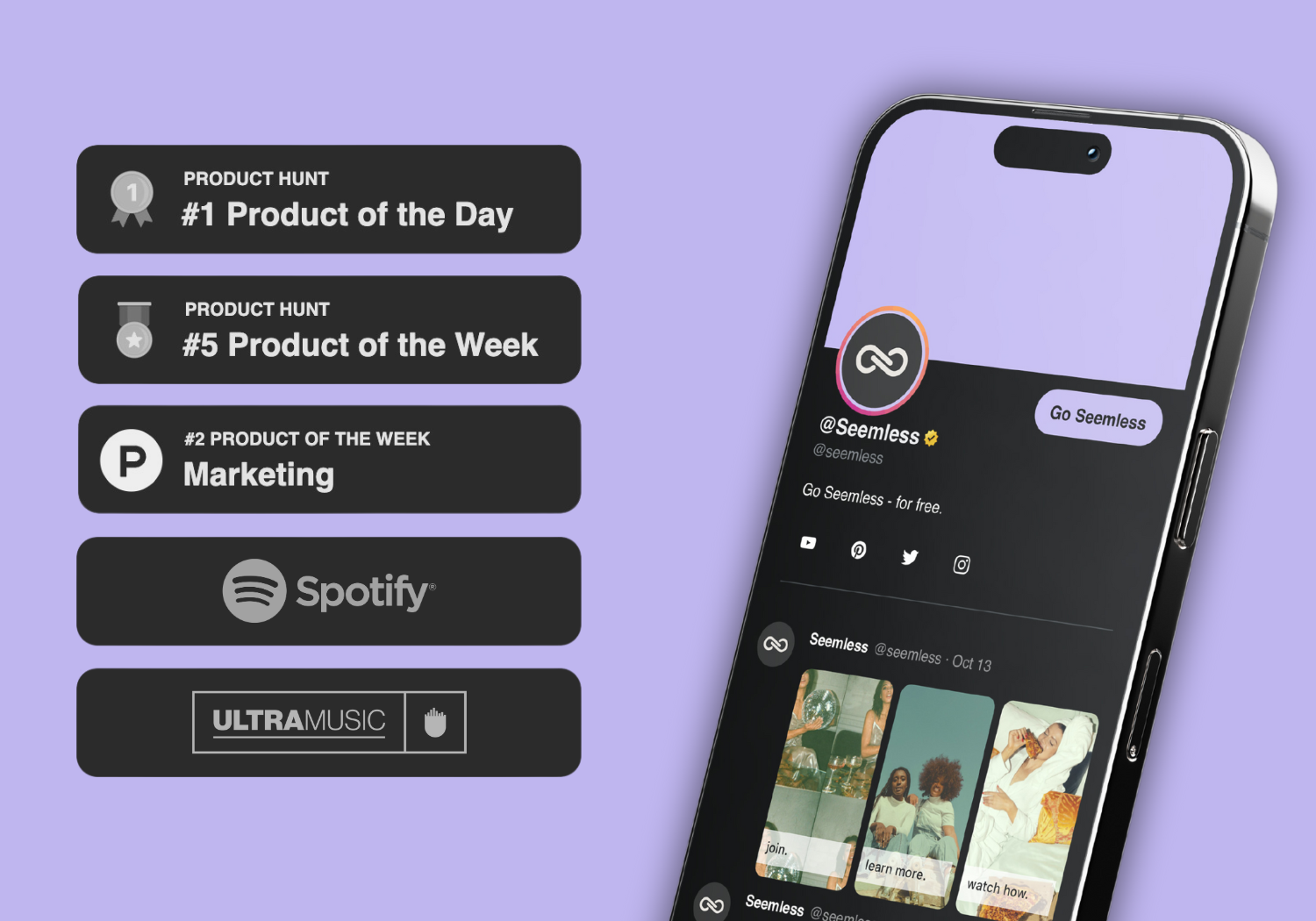In the rapidly evolving landscape of social media marketing, staying attuned to emerging trends is not merely advantageous; it is essential for brands seeking to maintain relevance and foster engagement. The digital realm is characterized by its fluidity, with new platforms, features, and user behaviors constantly reshaping the way businesses connect with their audiences. As consumers increasingly gravitate towards platforms that prioritize authenticity and community, brands must adapt their strategies to resonate with these shifting dynamics.
This requires a keen understanding of the nuances of each platform, as well as the ability to leverage data analytics to inform decision-making. By embracing these trends, companies can cultivate a more profound connection with their target demographics, ultimately driving brand loyalty and increasing market share. Moreover, the impact of emerging trends extends beyond mere visibility; it influences consumer behavior and expectations.
For instance, the rise of short-form video content has transformed how brands communicate their messages, necessitating a shift from traditional advertising methods to more engaging, bite-sized formats. This trend is not just about keeping up with competitors; it reflects a fundamental change in how audiences consume information. As attention spans dwindle and the demand for instant gratification grows, brands must innovate their content strategies to capture and retain consumer interest.
By understanding these trends and their implications, marketers can craft campaigns that not only reach but resonate with their audiences, fostering a sense of community and loyalty that transcends transactional relationships.
Key Takeaways
- Social media marketing trends have a significant impact on brand promotion and customer engagement.
- Influencer marketing is a powerful tool for reaching a wider audience and building brand credibility.
- Video content is a key driver of engagement and can be harnessed to connect with customers on a deeper level.
- Augmented reality and virtual reality can enhance user experience and create immersive brand interactions.
- Chatbots offer personalized customer interaction and can improve overall customer satisfaction.
Utilizing Influencer Marketing for Brand Promotion
Influencer marketing has emerged as a powerful tool for brand promotion, capitalizing on the trust and authenticity that influencers have cultivated within their communities. By partnering with individuals who have established credibility in specific niches, brands can tap into pre-existing audiences that are more likely to engage with their products or services. This strategy not only enhances visibility but also fosters a sense of relatability that traditional advertising often lacks.
Influencers serve as modern-day brand ambassadors, weaving products into their narratives in a way that feels organic and genuine. As a result, consumers are more inclined to consider these recommendations, leading to increased brand awareness and potential sales. However, the effectiveness of influencer marketing hinges on careful selection and collaboration.
Brands must conduct thorough research to identify influencers whose values align with their own and whose audience demographics match their target market. This alignment is crucial; a mismatch can lead to disingenuous partnerships that fail to resonate with consumers. Additionally, successful influencer campaigns often involve creative freedom for the influencer, allowing them to present the brand in a manner that feels authentic to their followers.
By fostering genuine relationships with influencers and prioritizing authenticity over mere reach, brands can create impactful campaigns that not only drive sales but also enhance their overall reputation in the marketplace.
Harnessing the Power of Video Content for Engagement

Video content has become an indispensable element of social media marketing, offering brands a dynamic medium through which to engage their audiences. The visual nature of video allows for storytelling in a way that static images or text cannot achieve, enabling brands to convey complex messages succinctly and effectively. With platforms like TikTok and Instagram Reels gaining immense popularity, short-form video content has emerged as a preferred format for consumers seeking quick entertainment or information.
This shift necessitates that brands not only produce high-quality video content but also tailor it to fit the unique characteristics of each platform, ensuring maximum engagement and reach. Furthermore, the versatility of video content extends beyond promotional purposes; it can be utilized for educational content, behind-the-scenes glimpses, or customer testimonials, all of which contribute to building a more comprehensive brand narrative. Live streaming has also gained traction as a means of fostering real-time interaction between brands and consumers, allowing for immediate feedback and engagement.
By harnessing the power of video content, brands can create immersive experiences that captivate their audiences and encourage active participation. As consumers increasingly seek authentic connections with brands, leveraging video as a storytelling tool can significantly enhance engagement and foster lasting relationships.
Leveraging Augmented Reality and Virtual Reality for Enhanced User Experience
The integration of augmented reality (AR) and virtual reality (VR) into social media marketing represents a groundbreaking shift in how brands interact with consumers. These technologies offer immersive experiences that transcend traditional marketing methods, allowing users to engage with products in innovative ways. For instance, AR enables consumers to visualize how a product would look in their own environment before making a purchase decision.
This capability not only enhances user experience but also reduces the likelihood of buyer’s remorse, as customers feel more confident in their choices. Brands that embrace AR technology can create interactive campaigns that captivate audiences and drive conversions. On the other hand, VR offers an entirely different dimension of engagement by transporting users into virtual environments where they can experience products or services in a simulated setting.
This technology is particularly effective for industries such as real estate or travel, where potential customers can explore properties or destinations without leaving their homes. By leveraging AR and VR, brands can create memorable experiences that resonate with consumers on a deeper level. As these technologies continue to evolve and become more accessible, integrating them into social media marketing strategies will be crucial for brands looking to differentiate themselves in an increasingly competitive landscape.
Incorporating Chatbots for Personalized Customer Interaction
In an era where consumers expect immediate responses and personalized experiences, chatbots have emerged as invaluable tools for enhancing customer interaction on social media platforms. These AI-driven solutions enable brands to provide real-time assistance, answering queries and resolving issues around the clock. By automating routine inquiries, chatbots free up human resources to focus on more complex customer interactions while ensuring that users receive timely support.
This level of accessibility not only improves customer satisfaction but also fosters a sense of reliability and trust in the brand. Moreover, chatbots can be programmed to deliver personalized recommendations based on user behavior and preferences, creating tailored experiences that resonate with individual customers. This personalization is key in today’s market, where consumers are inundated with options and seek brands that understand their unique needs.
By analyzing data from previous interactions, chatbots can suggest products or services that align with user interests, enhancing the overall shopping experience. As brands continue to prioritize customer-centric approaches, incorporating chatbots into social media strategies will be essential for fostering meaningful connections and driving engagement.
Embracing Ephemeral Content for FOMO-driven Marketing

Ephemeral content—content that is temporary and disappears after a set period—has gained significant traction in social media marketing due to its ability to create urgency and foster engagement. Platforms like Snapchat and Instagram Stories have popularized this format, encouraging users to share moments that are fleeting yet impactful. For brands, ephemeral content presents an opportunity to connect with audiences in real-time while capitalizing on the fear of missing out (FOMO).
By sharing exclusive promotions or behind-the-scenes glimpses that are only available for a limited time, brands can drive immediate action from consumers who do not want to miss out on unique experiences. Additionally, the transient nature of ephemeral content encourages authenticity and spontaneity, allowing brands to showcase their personality without the pressure of perfection associated with permanent posts. This authenticity resonates with audiences who increasingly value genuine connections over polished marketing messages.
By embracing ephemeral content as part of their social media strategy, brands can cultivate a sense of urgency while fostering deeper engagement with their followers. As consumers continue to seek out authentic experiences in an oversaturated digital landscape, leveraging FOMO-driven marketing through ephemeral content will be crucial for maintaining relevance and driving conversions.
Implementing Social Commerce for Direct Sales and Customer Engagement
The rise of social commerce has transformed social media platforms into powerful sales channels where brands can engage directly with consumers while facilitating seamless purchasing experiences. By integrating shopping features into platforms like Instagram and Facebook, brands can showcase products within the context of engaging content, allowing users to discover items organically while scrolling through their feeds. This integration not only streamlines the purchasing process but also enhances user experience by reducing friction between discovery and transaction.
As consumers increasingly turn to social media for product inspiration, implementing social commerce strategies becomes essential for brands looking to capitalize on this trend. Moreover, social commerce fosters community engagement by enabling users to share their purchases and experiences within their networks. User-generated content plays a pivotal role in this ecosystem; when customers share photos or reviews of products they’ve purchased through social media channels, it creates a sense of authenticity that resonates with potential buyers.
Brands can further amplify this effect by encouraging customers to tag them in posts or use specific hashtags related to their products. By leveraging social commerce not only as a sales tool but also as a means of fostering community engagement, brands can create a holistic approach that drives both revenue and brand loyalty in an increasingly competitive marketplace.
FAQs
What are emerging trends in social media marketing?
Emerging trends in social media marketing include the rise of video content, influencer marketing, augmented reality (AR) and virtual reality (VR) experiences, and the use of chatbots for customer service.
How can businesses leverage video content in social media marketing?
Businesses can leverage video content in social media marketing by creating engaging and informative videos that showcase their products or services, share customer testimonials, or provide behind-the-scenes looks at their company.
What is influencer marketing and how can businesses use it in social media marketing?
Influencer marketing involves partnering with individuals who have a large and engaged following on social media to promote a brand or product. Businesses can use influencer marketing by identifying relevant influencers in their industry and collaborating with them to reach their target audience.
How can businesses incorporate augmented reality (AR) and virtual reality (VR) experiences into their social media marketing strategy?
Businesses can incorporate AR and VR experiences into their social media marketing strategy by creating interactive and immersive experiences that allow users to engage with their brand in a unique and memorable way. This can include AR filters, VR product demonstrations, or virtual tours of a physical location.
What are chatbots and how can businesses use them for customer service in social media marketing?
Chatbots are AI-powered tools that can simulate conversation with users to provide information or assistance. Businesses can use chatbots for customer service in social media marketing by implementing them on their social media platforms to answer frequently asked questions, provide product recommendations, or assist with the purchasing process.

